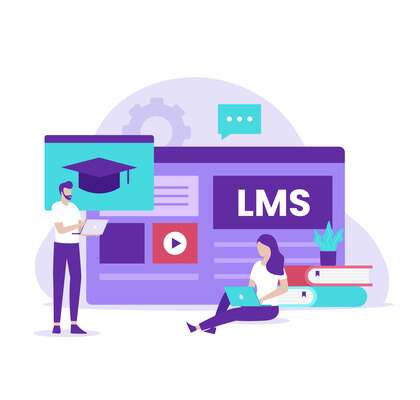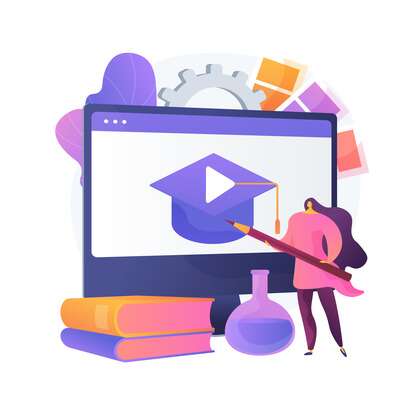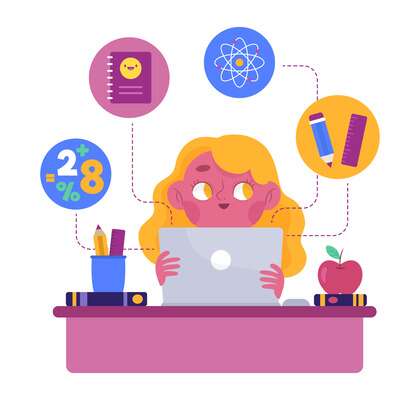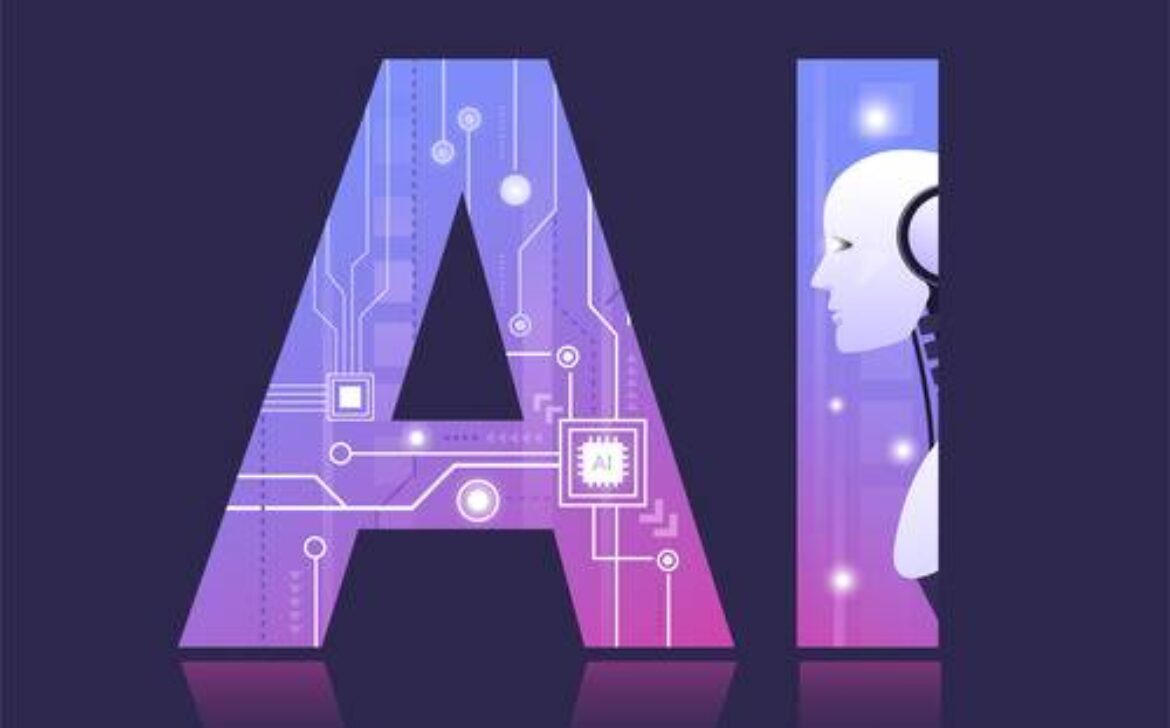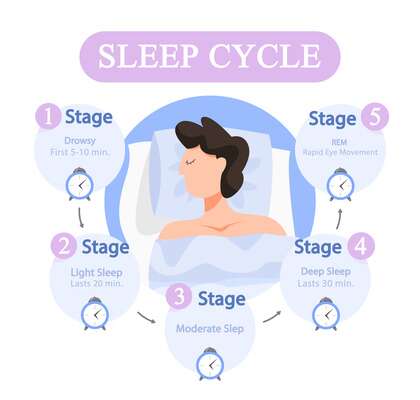5 Programming Languages for Beginners to Learn in 2023
In today’s technology-driven world, learning a programming language has become increasingly important for individuals interested in computer science, software development, and various other fields. With the vast array of programming languages available, choosing the right one can be a daunting task, especially for beginners. This article aims to provide an overview of five programming languages that are ideal for beginners to learn in 2023. By understanding the key aspects of each language and their suitability for beginners, aspiring programmers can make informed decisions regarding their learning journey. Programming languages serve as the foundation for creating software, websites, mobile applications, and much more. They enable individuals to communicate with computers and instruct them on how to perform specific tasks. Learning a programming language not only enhances problem-solving skills but also opens up numerous career opportunities in the ever-evolving technology industry. In today’s digital age, programming skills have become highly sought after. Whether you aspire to become a software developer, data analyst, or even a technology entrepreneur, having a solid understanding of programming concepts is crucial. Learning to code helps in fostering logical thinking, analytical reasoning, and creativity. It empowers individuals to bring their ideas to life and make a positive impact on the world through technology. When embarking on the journey of learning a programming language, beginners must consider several factors to ensure they select the most suitable language for their needs. These factors include ease of learning, community support and resources, job market demand, versatility and application, and future growth potential. For beginners, it is essential to choose a programming language that has a gentle learning curve. Some languages are more beginner-friendly than others, offering simpler syntax and a supportive community. By opting for an easy-to-learn language, beginners can quickly grasp fundamental programming concepts and build a solid foundation for their coding skills. Having access to a supportive community is invaluable when learning a programming language. Active online forums, documentation, tutorials, and code repositories can provide beginners with the necessary guidance and assistance. A language with a thriving community ensures that learners have ample resources to refer to and a network of fellow programmers to seek advice from. Considering the demand for a programming language in the job market is crucial for beginners who want to pursue a career in programming. Some languages have higher demand and offer more job opportunities than others. By selecting a language that aligns with market trends and industry needs, beginners can enhance their employability and increase their chances of securing rewarding positions in the tech industry. The versatility of a programming language refers to its ability to be used in different domains and applications. Beginners should choose a language that is widely applicable and can be used to build a variety of software solutions. Versatile languages provide opportunities to work on diverse projects and expand one’s skillset. The technology landscape is ever-evolving, and programming languages evolve with it. Beginners should consider the future growth potential of a language before committing to learning it. Analyzing the language’s popularity, adoption rate, and ongoing development can help ensure that the chosen language remains relevant and in-demand in the coming years. Python is often regarded as one of the best programming languages for beginners. Its simple and readable syntax, along with a vast array of libraries and resources, makes it an ideal language to start with. Python’s versatility enables beginners to work on a wide range of projects, from web development to data analysis and artificial intelligence.
Programming is the key that unlocks the door to endless possibilities.
– David Ostrovsky JavaScript is primarily used for front-end web development and has become an essential language for building interactive websites. Its widespread adoption and extensive community support make it an attractive choice for beginners. Learning JavaScript allows individuals to create dynamic web content, manipulate web elements, and build interactive user interfaces. Java is a widely used programming language known for its versatility and robustness. It is utilized in various domains, including web development, mobile app development, and enterprise software development. Java’s syntax, which resembles English, makes it relatively easy to understand and learn. Moreover, the extensive documentation and numerous learning resources available make Java an excellent choice for beginners. C#, pronounced as “C sharp,” is a modern programming language developed by Microsoft. It is primarily used for building Windows desktop applications and game development using the Unity game engine. C# offers a beginner-friendly syntax and a strong integration with Microsoft technologies. Learning C# provides a solid foundation for developing software solutions on the Windows platform. Ruby is a dynamic and object-oriented programming language known for its simplicity and readability. It gained popularity with the Ruby on Rails web framework, which simplifies web application development. Ruby’s elegant syntax and focus on developer happiness make it an appealing choice for beginners interested in web development. Choosing the right programming language is a crucial first step for beginners embarking on their coding journey. In 2023, five programming languages stand out as ideal choices for beginners: Python, JavaScript, Java, C#, and Ruby. Each language offers its unique benefits, including ease of learning, community support, job market demand, versatility, and future growth potential. By selecting a language that aligns with their interests and goals, beginners can lay a solid foundation and pave the way for a successful career in the ever-expanding world of programming.Introduction
Importance of Learning Programming for Beginners
Factors to Consider When Choosing a Programming Language
Ease of Learning
Community Support and Resources
Job Market Demand
Versatility and Application
Future Growth Potential
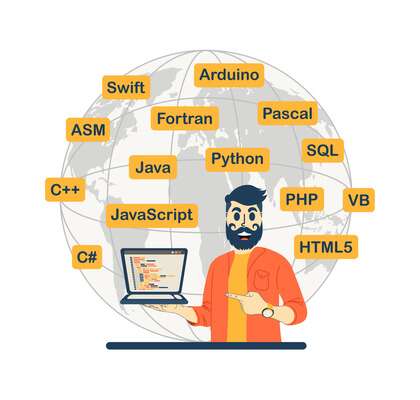


Five Programming Languages for Beginners to Learn in 2023
1. Python
2. JavaScript
3. Java
4. C#
5. Ruby
Conclusion























